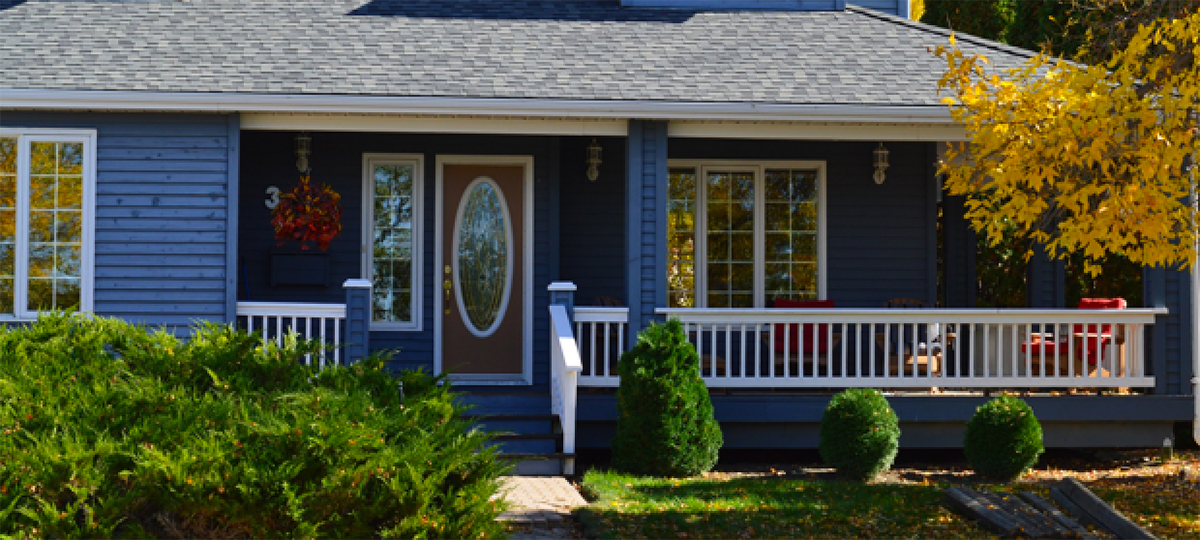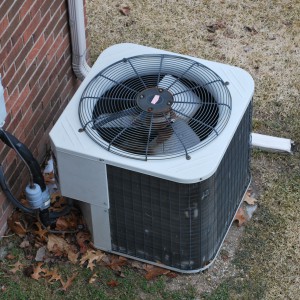
According to recent studies, some 20.4 million renter households paid more than 30 percent of their incomes for housing in 2019. Economic fallout during the COVID-19 pandemic has resulted in a rental affordability crisis in the USA. Rising rents and limited housing have increase pressure on moderate-income households.
People rent for a lot of reasons, many of them good: flexibility, convenience, love for the high-rise life. But we also know that many renters dismiss homeownership out-of-hand when it might be the best option for them. Here are the four most common myths about buying a house versus renting an apartment.
MYTH #1: Ownership Is More Expensive.
If you compare the overall price tag to your monthly rent, homeownership doesn’t seem all that affordable. But unless you’re buying a home outright and paying in cash, it’s not a fair comparison. In many cases, a monthly mortgage payment will be comparable to (or less than) monthly rent payments, especially since rents are increasing nationwide. According to a 2021 study, median home prices in 287 of the 552 counties analyzed in the first quarter of 2021 were more affordable than past averages. Homeowners are also less likely to suffer from cost burdens than renters are.
Plus, unlike a rent check, a mortgage payment establishes equity in your home. It’s also tax-deductible.
MYTH #2: Forget Saving Money.
You might think that after a downpayment, and mortgage payments, and furnishing, and repairs, and maintenance, and property taxes… saving money is a lost cause. But think of it this way: Every mortgage payment that pays down principal and interest is a kind of “forced savings account.” You have to pay it, so you do. But unlike a rent payment, that money isn’t vanishing into the ether (or, as it’s more commonly known, your landlord’s pocket). Assuming you don’t default on your loan and go into foreclosure, you’ll see that money again, in a different form. By establishing equity in your house, you’ll be seeing long-term value in the form of an investment. You’ll also be eligible for new lines of credit. It might take 30 years to pay it off, but it won’t be 30 years of checks down the drain.
According to this 2020 Borrower Equity Update, the average equity gain per homeowner in 2020 was $26,300.
MYTH #3: No One Will Give You a Loan.
After the housing crash, banks are a little more cautious about lending to new homeowners than they were in 2007. Still, it’s not impossible to get a loan if you have decent credit and some funds in reserve. Even if you don’t have the standard 20% down payment, you might be able to qualify for a low downpayment mortgage from Fannie Mae and Freddie Mac. It backs mortgages with down payments as low as 3% for borrowers with credit scores of at least 620. That’s great news for young homeowners just entering the workforce.
MYTH #4: Home Ownership is for Old People.
According to the National Association of Realtors, over 36% of new homebuyers in 2021 were Millennials, making them the largest group of recent buyers. Gen Z’s are now entering the market in small numbers, too.
Homeownership is a huge commitment, of course, and it should take more than reading a blog post to convince you to apply for a loan. Before you make any decisions, take a clear-eyed and ruthless look at your finances, your plans for the future, and your willingness to be responsible for basic home repairs. If you think homeownership is for you, get in touch with The Columbus Team to set up a consultation. Happy house hunting!
This article was originally provided in 2017 by Sam Radbil, a contributing member of the marketing and communications team at ABODO Columbus apartments. It has since been updated in 2021 with more recent statistics and information.





